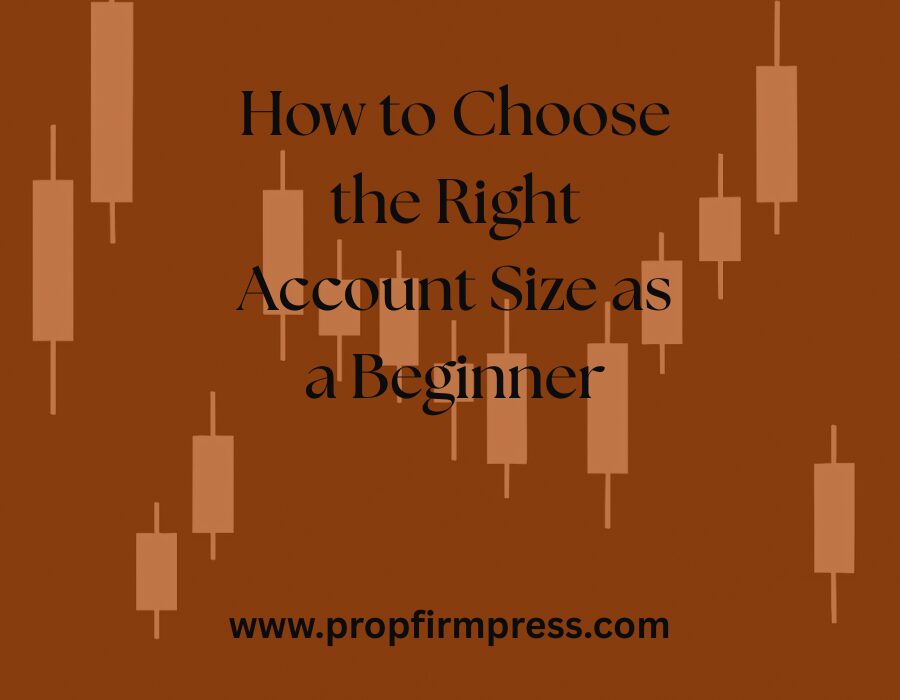How to Choose the Right Account Size as a Beginner
Choosing the right account size when starting with a prop firm is a foundational decision that can significantly affect your trading journey and success. For beginners, this choice impacts risk exposure, psychological comfort, and the ability to develop sustainable trading habits.
Understanding Prop Firm Account Sizes
Prop firms usually offer several funded account sizes, ranging from smaller accounts of $10,000 to large ones exceeding $200,000. These sizes determine your profit targets, daily loss limits, and overall challenge fees. Selecting an account size isn’t just about your ambition; it’s about matching your experience, capital, and trading style to what you can manage effectively.
Why Starting Small Often Works Best
Beginners are advised to begin with smaller accounts because:
- Lower Capital at Risk: Trading with less capital reduces the pressure and potential losses as you learn.
- Affordable Challenge Fees: Smaller accounts come with lower fees, making multiple challenge attempts more financially viable.
- Better Emotional Control: Handling smaller sums typically reduces emotional stress, enabling clearer decision-making.
- Room to Grow: Many firms offer scaling plans, allowing traders to increase their funded capital after consistent profits.
Assessing Your Trading Style
Your trading style influences the ideal account size:
- Scalpers and Day Traders: Often prefer smaller accounts to tightly control risk and use smaller stop losses.
- Swing Traders: Might benefit from slightly larger accounts due to holding positions overnight, which may require wider stops.
- Algorithmic Traders: Need to consider how their models scale with account size and capital requirements.
Matching Account Size to Risk Tolerance
Understand your personal risk tolerance. If risking 1% per trade on a $10,000 account equals $100, a $100,000 account means risking $1,000 per trade. Be honest about what loss sizes you can emotionally and financially handle without panic.
Consider Your Budget for Challenge Fees
Higher account sizes often have significantly higher challenge fees, which can impact your ability to retry if you don’t pass on the first attempt. Factor this into your decision.
Evaluate Profit Targets and Time Frames
Larger accounts usually require higher profit targets and might have longer challenge durations. Make sure you understand these details to avoid surprises.
Leverage Scaling Opportunities
Many firms have clear growth or scaling plans allowing funded traders to access bigger accounts over time. Choosing a smaller starting account with a clear path to scale can be a smart strategy.
Avoid Common Beginner Mistakes
- Choosing an account size too large too soon.
- Ignoring the challenge rules related to each account size.
- Underestimating the psychological impact of trading larger sums.
Practical Steps to Decide
- Review the available account sizes and their specific rules.
- Analyze your current trading skills and experience.
- Start conservatively; choose the smallest account that fits your style.
- Plan for scaling once you demonstrate consistency.
By selecting the right account size thoughtfully, you set yourself up for a smoother funding journey and healthier trading habits.
